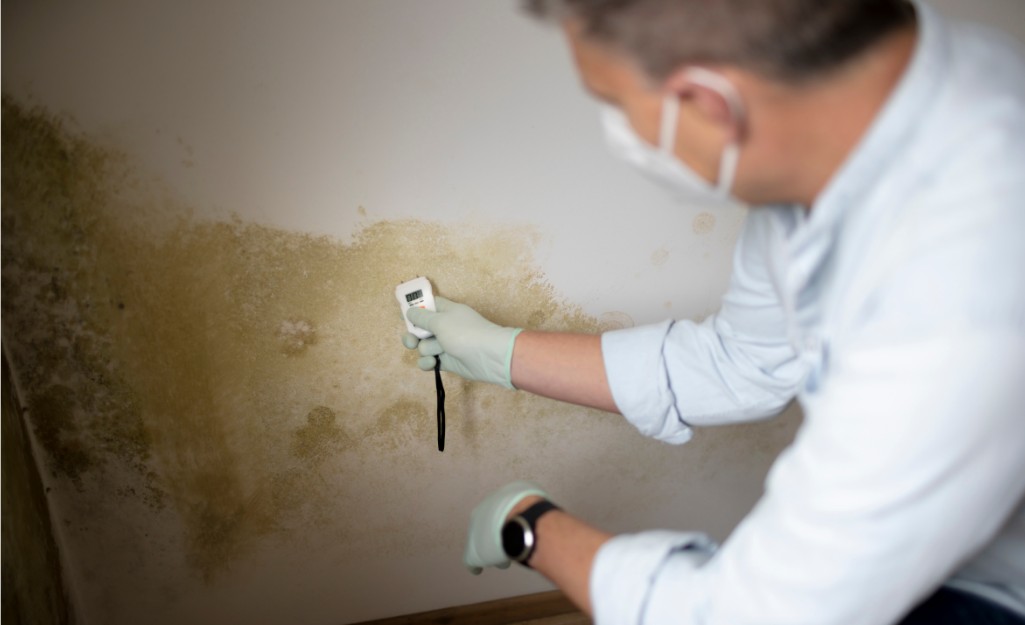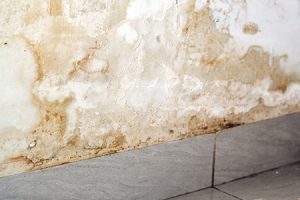The article following next in relation to How to Fix a Water Damage Bathroom is absolutely engaging. Don't bypass it.

The shower room is extremely prone for moist build-up and also potential water damages due to the regular use water in it. This short article uses simple evaluation strategies to help discovering water damages threats.
The frequent use of water in the shower room makes it exceptionally vulnerable for damp build-up and also potential water damages. By checking it regularly, you can decrease water associated problems.
The following set of evaluations is easy to carry out and also should be done as soon as in every 3 months in order to keep your bathroom in good shape and to avoid prospective water problems brought on by the bath tub, the shower, pipeline joints and also plumbing, sinks, cabinets, and the toilet
Do not overlook executing these assessments as well as be complete while executing them. Remember that these basic examinations can conserve you a great deal of cash by giving very early signs for water damages
Sinks and also Cabinets
Sinks and also cupboards are subjected to wetness as well as humidity daily and are frequently overlooked. Evaluate consistently under the sink and also on the kitchen counter over it. Fix any type of drip in the trap as it may suggest drainpipe issues. Browse the sink, sluggish draining pipes may suggest an obstructed drain. Replace sink seals if they are cracked or loosened.
Bath tub as well as Shower
The shower as well as bathtub require unique focus as well as maintenance. Check the floor tiles and also change if broken. Make sure that there is no missing out on cement between the tiles. Inspect and also replace cracked caulking at joints where the wall surfaces satisfy the floor or the bathtub. Obstructed drains and pipelines issues will prevent the bath tub from drying out and might suggest major problems under the bathtub. Consult with a specialist instantly to stop architectural damage. Take notice of stainings or soft areas around the bath tub walls as they may indicate an inner leak.
Plumbing
Signs for water damage are tough to find because the majority of pipes are installed inside the wall surfaces.
Pay special attention to floor covering as well as walls dampness as well as stains as they might suggest an invisible plumbing problem. Examine wetness degrees in adjacent rooms too.
The Bathroom
The toilet is an at risk water junction. Check the water lines and look for leaks around the commode seat, in the pipe, and under the water container. If you discover any indicators of moisture on the flooring around the bathroom, look for leaks in the toilet edge as well as tank seals.
Know that hanging toilet dish deodorants boosts the chances for obstructions.
Water Damage Signs In The Bathroom To Avoid Cleanup
Musty smell
This is one of the easiest signs to catch because musty smells are so odorous. The damp, earthy, moldy smell should be a big red flag. The smell will develop when moisture gets trapped in surfaces, and begins to facilitate mold growth. Leaking pipes under cabinets, inside walls, and behind shower fixtures will cause moisture to stay trapped and not dry, which will lead to mold growth and spread. As soon as you notice any musty smells in your bathroom, have it checked for hidden water damage and cleanup signs.
Visible mold
If the smell isn’t there to give it away, sometimes you will actually see mold growth. Finding mold in your bathroom is a serious problem, because mold is very harmful to your health. By the time mold growth is visible, it also means that water damage has already occurred and been present for some time. The only way the mold problem can be resolved is to find the source of the moisture and get it stopped. To safely and adequately remove mold, you need to have professionals handle the remediation. Do not waste any time in getting mold problems addressed, fixed, and sanitized so that you can protect you and your family from the many respiratory symptoms caused by mold exposure.
Damaged floors
Bathroom floors should be able to withstand some exposure to water while still remaining in good condition. However, when excess exposure or water leaks occur, they will begin to damage even the most water-resistant flooring. If you notice any cracking, bubbling, staining, or warping on your bathroom floors, there is probably a water leak somewhere causing the distortion. If you notice areas of the floor have become softer, or even have a spongy feeling, there is probably damage to the subfloor. Subflooring is typically made up of plywood. When plywood is exposed to water or moisture, it will absorb it. Once it has become saturated, the weight of the excess water will cause the wood to swell and soften. Check the floors in your bathroom frequently to catch any of these sings before they lead to damaged subflooring.
Changes on walls
When water leaks behind walls, it will cause changes in the drywall. Peeling plaster, blistering paint, and soggy wallpaper are all good indicators that excess water is building up behind the wall. Water leaking behind drywall will cause it to swell and be soft to the tough. If you start to notice gaps along the trim of your walls, or where tile meets the wall, it could also be a strong indicator that there is a leak behind the wall. Any changes, distortion, or damage on the walls should be evaluated as soon as you notice it to prevent further water damage and cleanup.

As a devoted reader about How to Repair and Prevent Bathroom Water Damage, I figured sharing that topic was worth the trouble. Sharing is nice. Helping people is fun. We love reading our article about How to Repair and Prevent Bathroom Water Damage.
Click On This Link